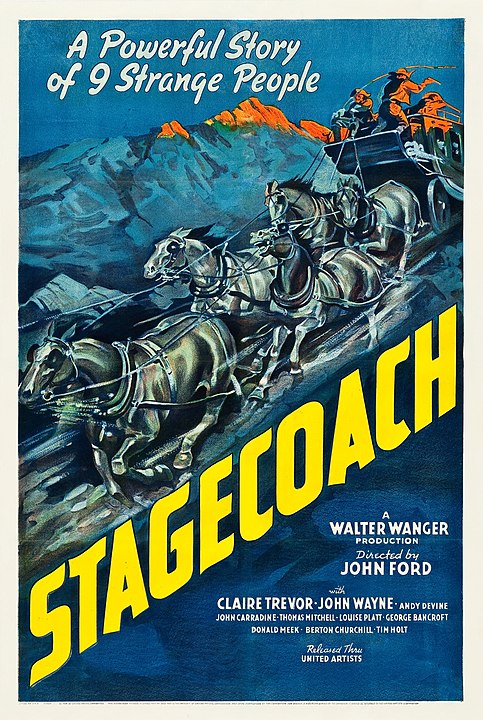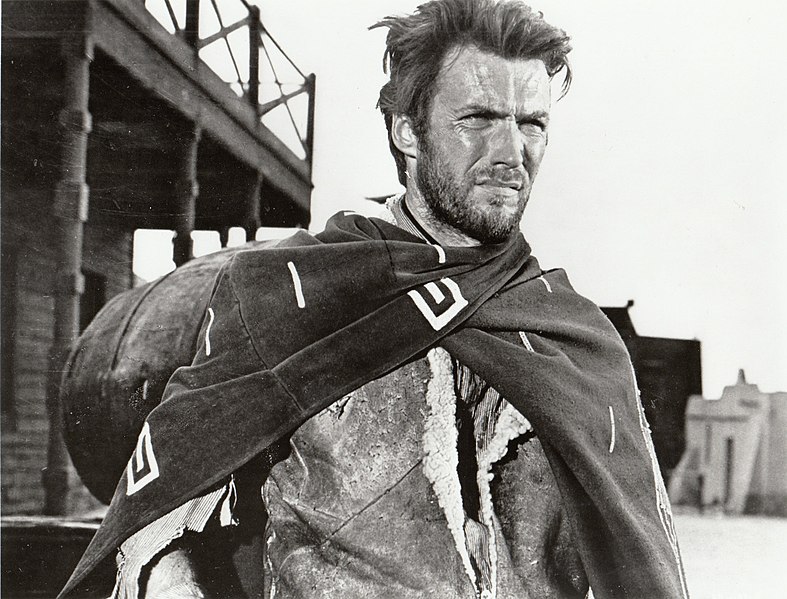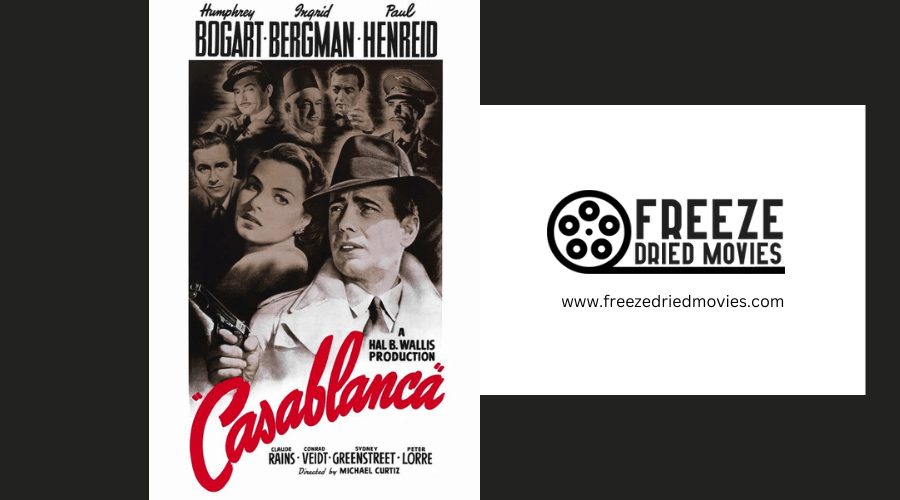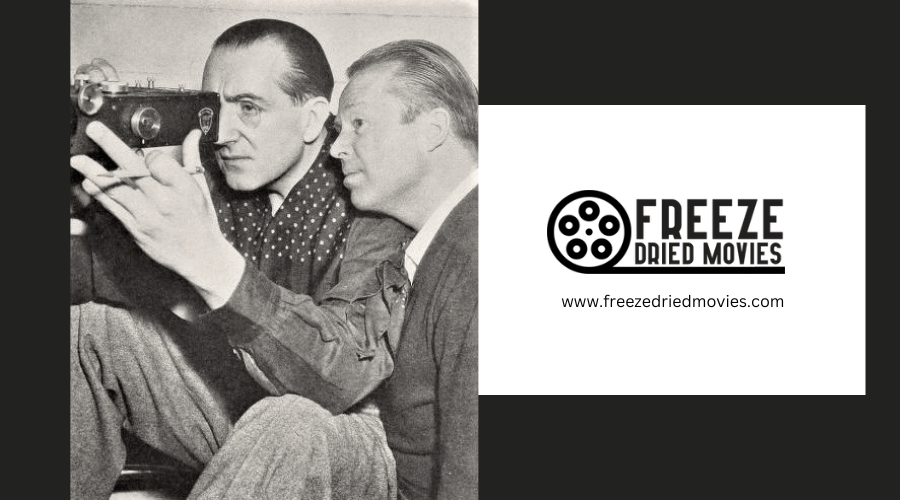What Impact Did 1940s Westerns Have on Future Film Genres?

1940s Westerns had a profound impact on the evolution of various film genres. Most notably, they influenced the development of modern Westerns and other genres through their complex characterizations and narrative depth. These films introduced morally complex heroes, a trait that has been adopted by adventure and fantasy genres. They also influenced the dramatic visual styles seen in action and war films. By challenging the oversimplified myths of the Old West with more nuanced and morally complex stories, 1940s Westerns contributed significantly to the genre's enduring appeal.
The era established key changes in both storytelling techniques and visual presentation, influencing global cinema profoundly. These foundational elements continue to resonate in contemporary filmmaking.
Defining 1940s Westerns
1940s Westerns were pivotal in shaping the cinematic portrayal of the American frontier, emphasizing themes of heroism. Directors like John Ford and Howard Hawks were instrumental in this era, creating films that became benchmarks for the genre. John Ford's 'Stagecoach' and Howard Hawks' 'Red River' are prime examples, with each film not only advancing the genre but also setting standards for narrative depth in cinema.
John Ford skillfully integrated landscapes into his storytelling, making the environment almost a character in its own right. In 'Stagecoach', the journey transcends mere physical travel, delving into the intricacies of heroism set against harsh, expansive terrains.

Howard Hawks' 'Red River' similarly explores themes of heroism but incorporates personal conflict and the ethos of rugged individualism, characteristic of Western protagonists of that era. These films did more than entertain; they engaged audiences in the ethical and moral dilemmas faced by their characters against the backdrop of the vast, wild American West.
Key Themes Explored
Drawing from the cinematic groundwork established by directors like John Ford and Howard Hawks, Westerns of the 1940s introduced themes of heroism, morality, and justice that significantly altered the film genre landscape. These films were more than mere entertainment; they delved deep into the essence of ethical dilemmas and personal integrity, influencing viewers' notions of right and wrong.
The narratives centered around solitary heroes exemplify the victory of good over evil through complex personal struggles that lead to redemption and sacrifice rather than straightforward triumphs. The stark realities of life on the frontier served not to romanticize but to rigorously test these characters' values and resolve.
The influence of these thematic explorations extended beyond Westerns, impacting other film genres and enriching their narratives, thus enhancing viewer engagement. The legacy of 1940s Westerns lies not only in their iconic confrontations but also in their lasting contribution to the evolution of storytelling across cinema.
Iconic Characters and Heroes
The heroic cowboy archetype, famously embodied by John Wayne, significantly shaped the cinematic landscape of the era. These heroes, exemplifying rugged individualism and moral integrity, not only captivated audiences but also became a standard for character development across various genres.
Here's how to appreciate the impact of these iconic 1940s Western heroes:
- Recognize the Values: Acknowledge the core values of courage, justice, and integrity that these characters, like Wyatt Earp and Wild Bill Hickok, consistently demonstrated. Their roles in 1940s Westerns went beyond mere gunfights, emphasizing a steadfast opposition to corruption and lawlessness.
- Explore Character Evolution: Examine the development of the cowboy archetype from John Wayne's definitive portrayal to its modern reinterpretations in different film genres, observing how the essential traits of 1940s heroes have been adapted and transformed.
- Appreciate Broader Influences: Consider the influence of these iconic characters on other genres. The heroic figures from the 1940s Westerns haven't only influenced the depiction of heroes in action and adventure films but also in science fiction, underscoring their lasting impact on character development.
Narrative Structures
Westerns from the 1940s were crafted with narrative structures that highlighted heroism and morality, clearly delineating the conflict between good and evil. The central figures, typically a resilient cowboy or a principled sheriff, confronted the merciless outlaw, embodying the timeless battle between virtue and vice. These films weren't merely about the physical confrontations or the iconic dusty landscapes; they delved deeply into the ethical development of their characters.
The storytelling in these films was linear, with a predictable yet compelling moral resolution. Viewers could usually foresee the outcome, but the journey of the characters to that endpoint remained engaging. The character archetypes established during this period—such as the steadfast cowboy, the virtuous sheriff, and the villainous outlaw—formed foundational models for heroes and antagonists in numerous subsequent genres. These archetypes are noticeably reflected in modern superhero movies, which similarly probe the roots of heroism and ethical conduct.
The influence of these narrative techniques extends beyond Westerns, setting a benchmark for storytelling that persists in contemporary cinema. The explicit moral distinctions, character-centric narratives, and ethical conclusions of the 1940s continue to shape how stories are crafted and conveyed across different film genres. This enduring narrative framework not only defines the genre but also reinforces the trust and expectations audiences place in narrative cinema.
Influence on Visual Style

The visual style of 1940s Western films, characterized by vast landscapes and dramatic compositions, significantly shaped cinematic visual storytelling. Directors like John Ford utilized the natural scenery of the American West to craft a unique aesthetic that was both grand and personal, encapsulating the spirit of the frontier.
Here are three key ways in which 1940s Westerns influenced cinema's visual style:
- Expansive Landscapes: These wide-open scenes symbolized freedom and adventure, elements that have since been incorporated into various film genres to enhance their visual narratives.
- Technicolor: This color reproduction technology added a new level of vibrancy to films. The deep, saturated colors of Technicolor, often seen in Westerns, have influenced the color palette preferences across all genres of cinema.
- Innovative Camera Techniques: Cinematographers like Gregg Toland introduced advanced techniques such as deep focus and creative camera angles, which heightened the dramatic impact of scenes. These techniques continue to be essential tools for filmmakers globally.

These contributions collectively forged a bold style that remains a significant influence on the visual language of films around the world.
Impact on Modern Westerns
The 1940s Westerns have significantly shaped the trajectory of modern Western films in American cinema. These films introduced more complex, character-centric stories and delved into the psychological intricacies of their characters, moving beyond mere depictions of expansive landscapes and gunfights. They highlighted the moral ambiguities and darker aspects of frontier life, steering away from the traditional heroic portrayal often associated with the genre.
These foundational films challenged the simplistic myths of the Old West and set a standard for a nuanced depiction of frontier life, influencing contemporary filmmakers. Modern directors use these narrative techniques to craft films that probe deeper into the gray areas of morality, challenging the conventional dichotomy of good versus evil typically seen in earlier Westerns.
Furthermore, the visual and thematic innovations of 1940s Westerns continue to inspire today's filmmakers, maintaining the genre's vibrancy and relevance in contemporary cinema. The ongoing influence of these pioneering works ensures that modern Westerns not only entertain but also engage viewers in a meaningful exploration of historical and moral complexities, perpetuating a dynamic evolution of the genre.
Crossovers Into Other Genres
As the Westerns of the 1940s expanded their horizons, they significantly influenced the development of other film genres, notably war, action, and adventure movies. This integration not only diversified the narrative possibilities but also broadened the appeal of these genres, offering new ways for audiences to experience the American frontier. Directors like Sergio Leone were pivotal in merging these elements, redefining the scope of the Western genre.
Here are three principal ways in which 1940s Westerns impacted other film genres:
- Visual Style and Drama: The 1940s Westerns introduced a dramatic visual style characterized by vast landscapes and detailed close-ups. This style was subsequently incorporated into action and war films, enhancing the visual and emotional depth of these genres.
- Character Archetypes: Westerns popularized the rugged, morally complex hero archetype, which was adopted by adventure and fantasy genres. In these genres, characters often grapple with similar ethical challenges and quests for justice.
- Narrative Techniques: Westerns were known for their distinctive narrative structures, including standoffs and revenge plots. Other cinematic and television genres adapted these techniques, enriching their storytelling approaches.
Through these contributions, the legacy of 1940s Westerns remains influential, shaping narrative and visual styles across various media platforms and genres.
Legacy in Global Cinema
1940s Westerns have significantly influenced global cinema, introducing storytelling techniques and visual styles that are evident in films worldwide today. These films were more than just tales of cowboys and shootouts; they established character archetypes and narrative structures that are integral to a film's storytelling across different cultures.
The stoic hero, the outlaw, and themes of justice, prevalent in Westerns, resonated widely, affecting filmmakers beyond America. This thematic richness, paired with a unique visual style, gave 1940s Westerns a universal appeal. Elements of these films can be seen in various genres, from Japanese samurai movies to modern superhero films.
Global cinema has adopted not only the themes of heroism and individualism from these Westerns but also their complex moral narratives and sophisticated storytelling techniques. The legacy of 1940s Westerns showcases their lasting appeal and influence as contemporary directors and filmmakers around the world continue to draw inspiration from them. When watching a movie, it's worth recognizing the influence of 1940s Westerns, which continue to impact narrative and visual storytelling globally.
Evolution of Film Techniques

Westerns from the 1940s significantly impacted cinematic techniques, introducing innovative cinematography and editing that reshaped film storytelling. These films, which influenced directors like Sergio Leone and Clint Eastwood, utilized advanced cinematographic methods and strategic camera angles to enhance the visual and emotional depth of their narratives. The integration of natural landscapes not only provided visually stunning scenes but also added to the narrative realism and audience immersion.
Here's how these films contributed to the evolution of film techniques:
- Cinematography Techniques: The use of deep focus and dramatic lighting in 1940s Westerns helped to increase scene depth and emotional intensity. These techniques were later adopted and refined by filmmakers such as Leone, known for his visually captivating style.
- Sound Design and Editing Techniques: The advancement of sound design and sophisticated editing techniques, including cross-cutting and montage, enabled more complex and engaging storytelling. These techniques were particularly effective in building tension and deepening emotional involvement, practices that Eastwood would later excel in during his directorial endeavors.
- Camera Angles and Compositions: Pioneering unique camera angles and compositions, 1940s Westerns established a new benchmark for visual storytelling. These techniques were crucial in creating the iconic scenes that came to define the genre and influenced a wide array of subsequent films.
Conclusion
The influence of 1940s Westerns extends far beyond their era, playing a pivotal role in shaping modern cinema. These films introduced enduring themes of heroism and justice that are still prevalent in today's Westerns.
Moreover, their distinctive characters and plot structures have permeated various genres, notably influencing science fiction and action films. The pioneering visual styles and film techniques developed during the 1940s continue to impact filmmakers globally.
Consequently, the legacy of 1940s Westerns is evident in diverse aspects of contemporary cinema, from storytelling to visual presentation.




